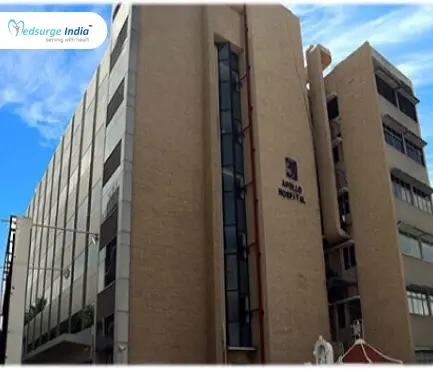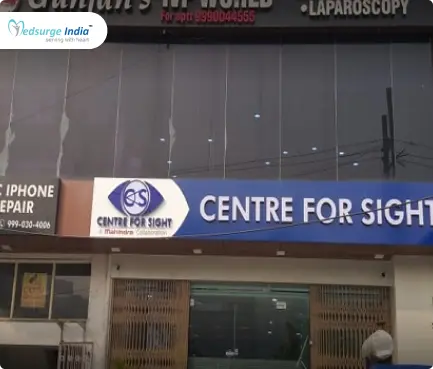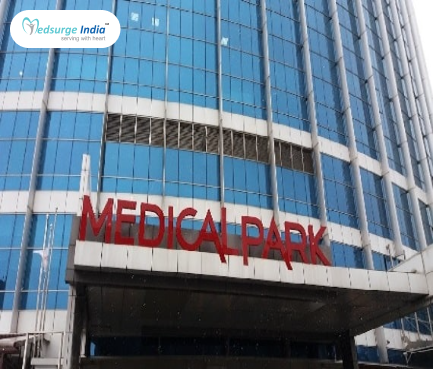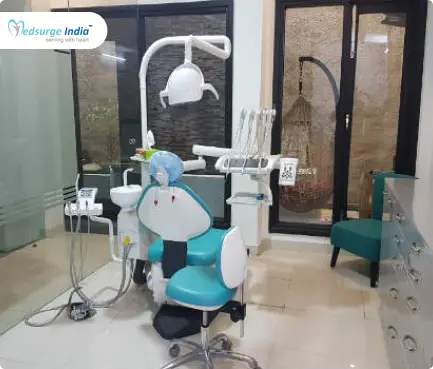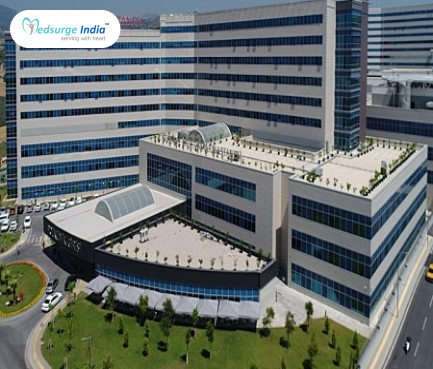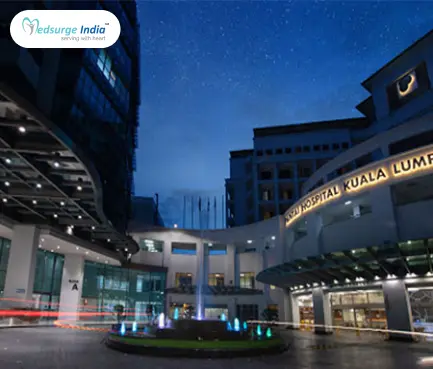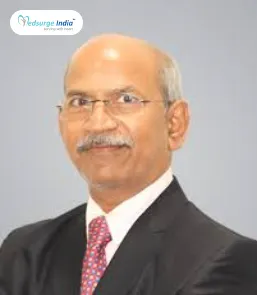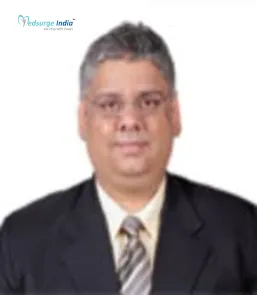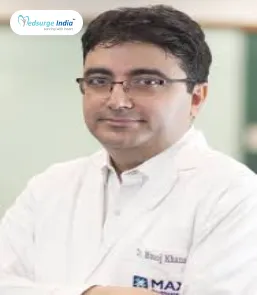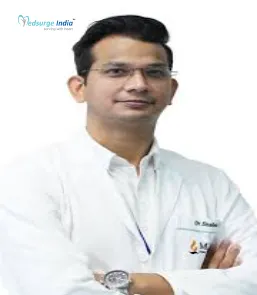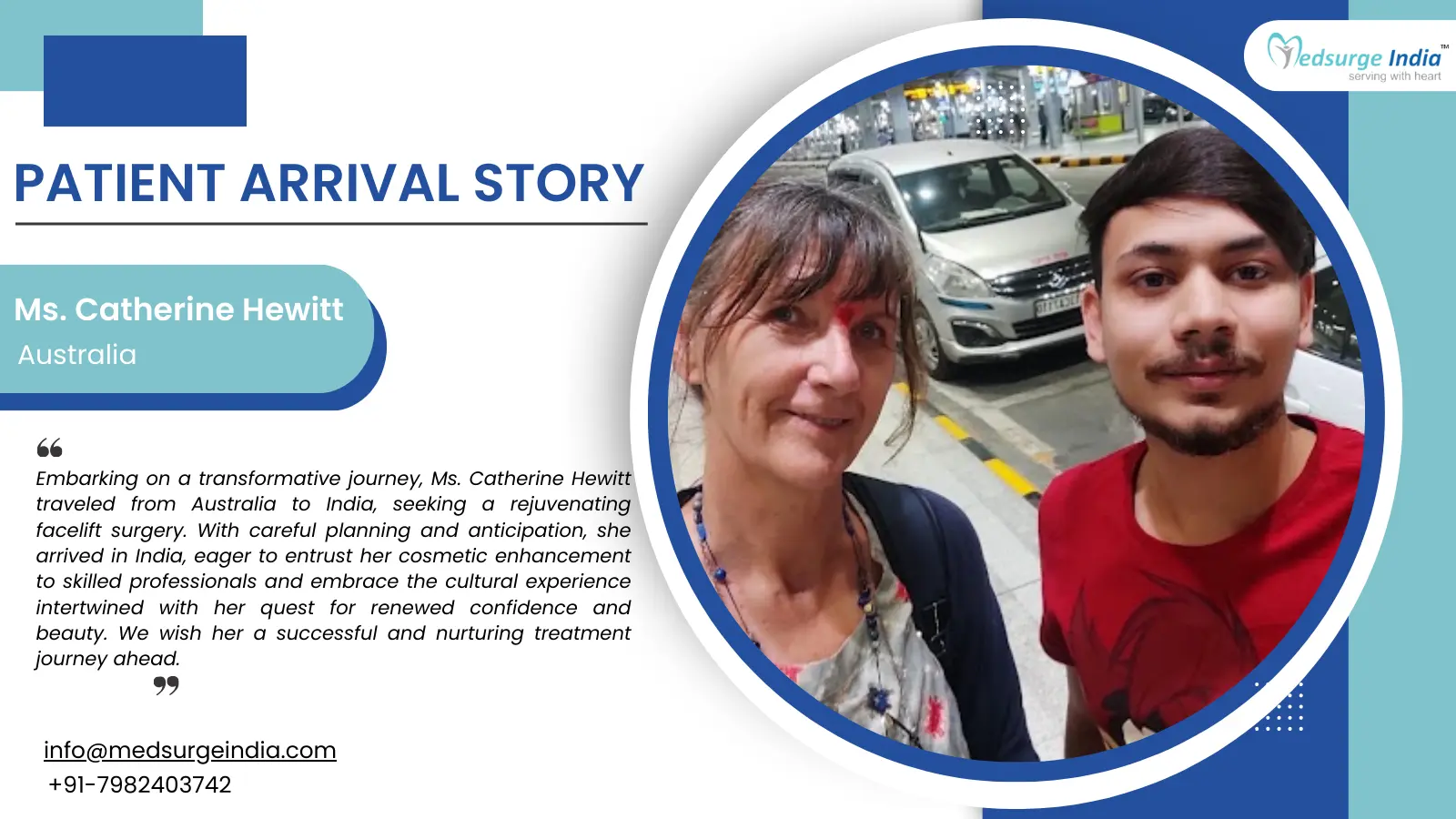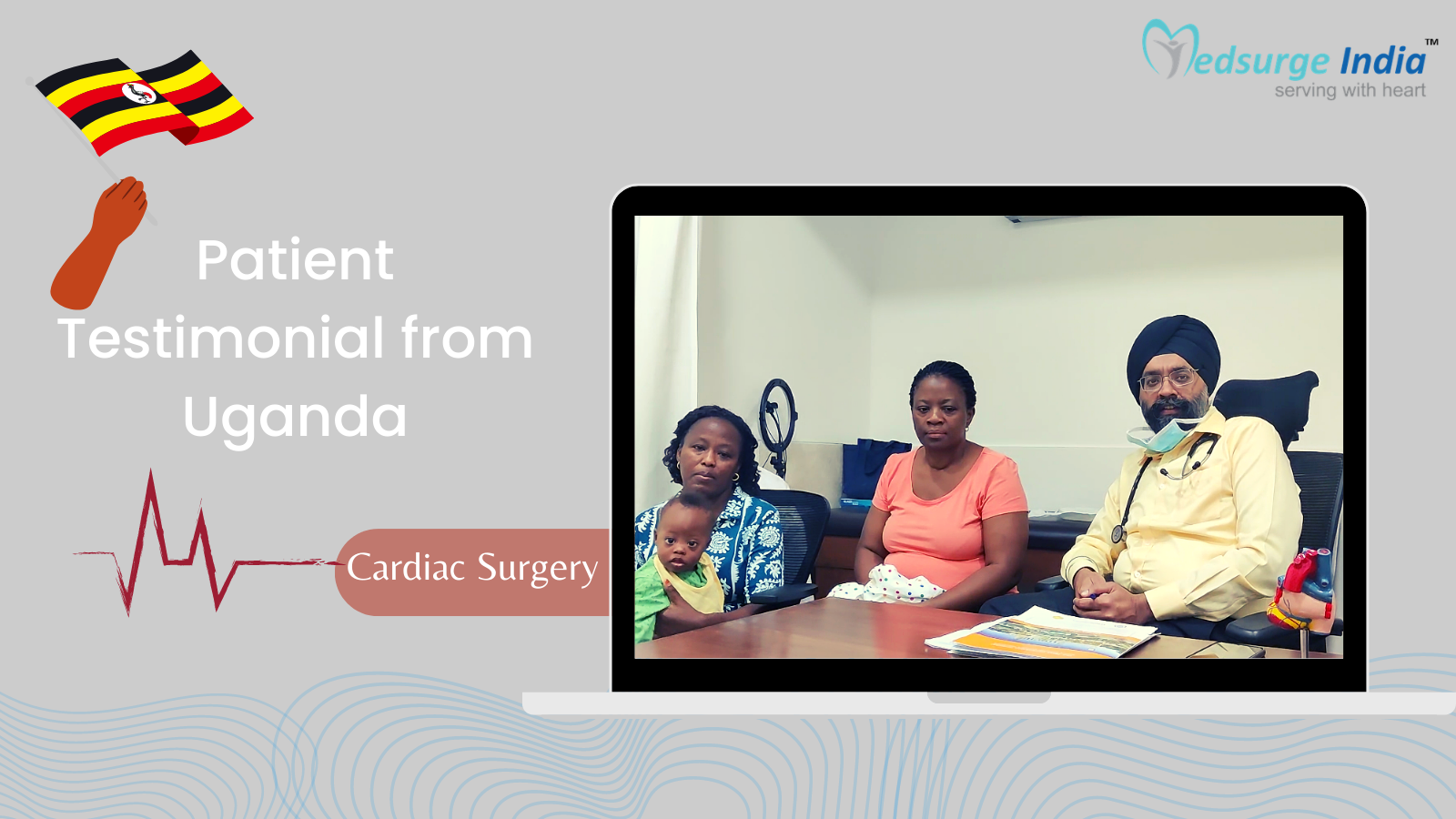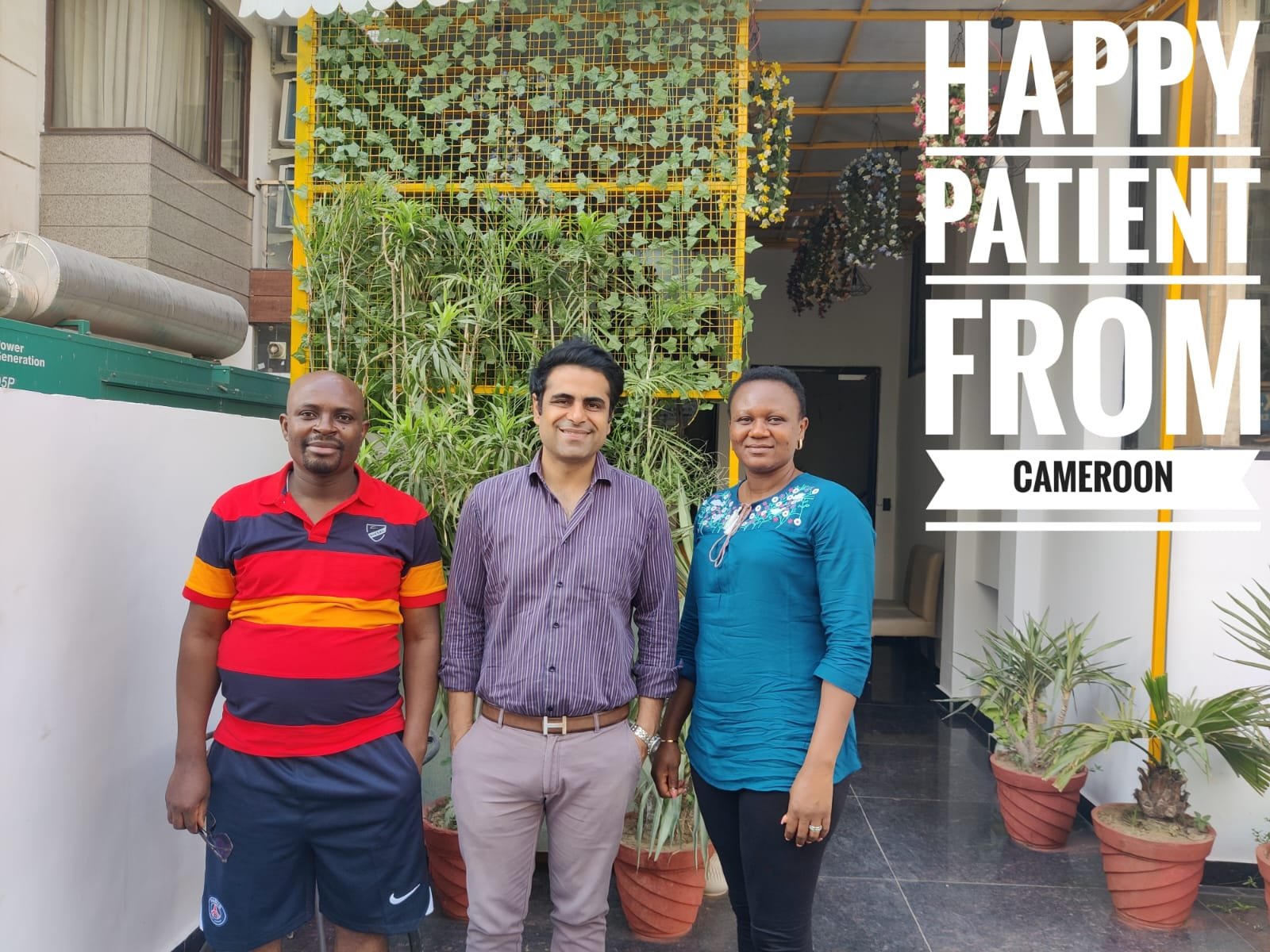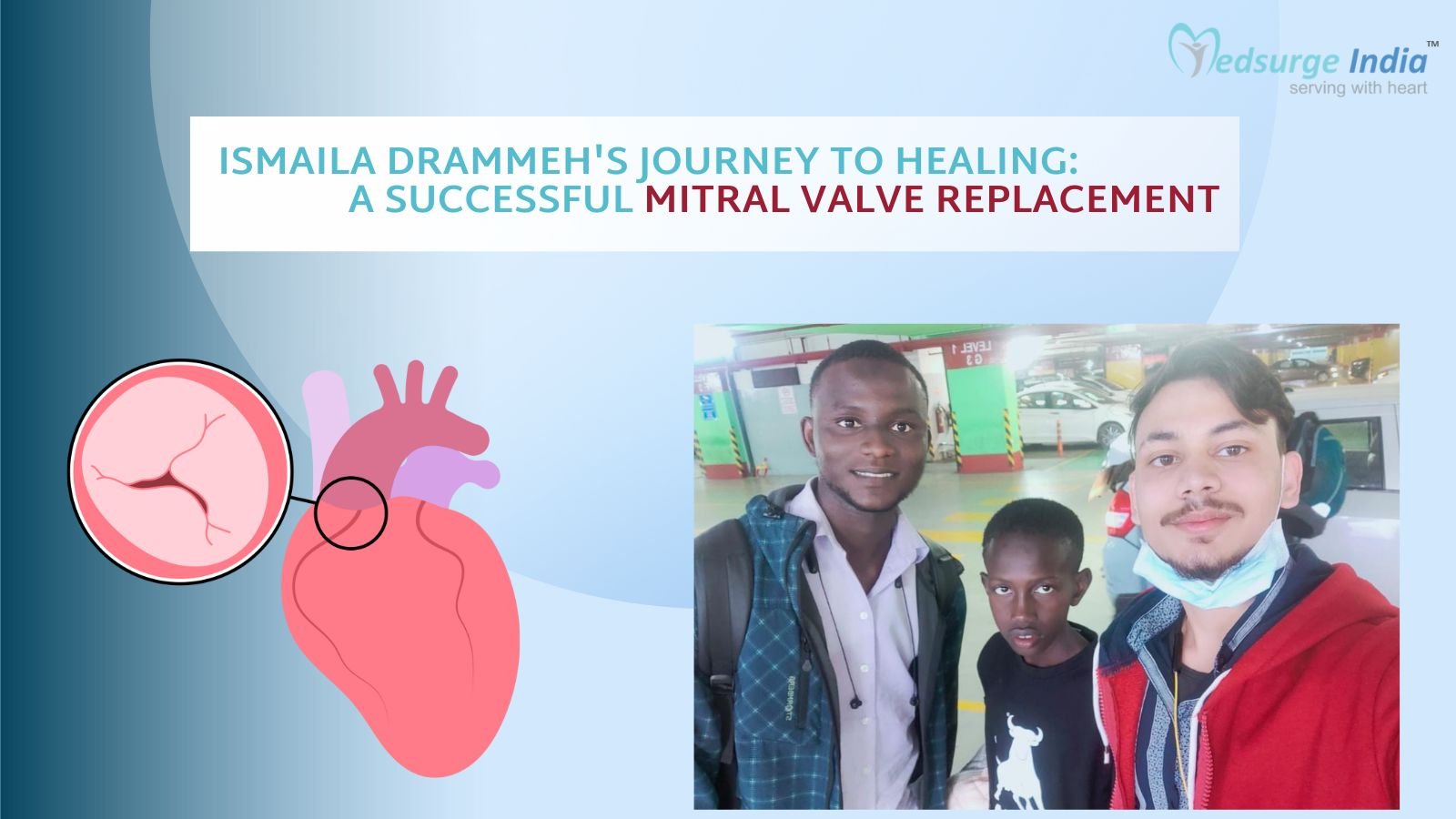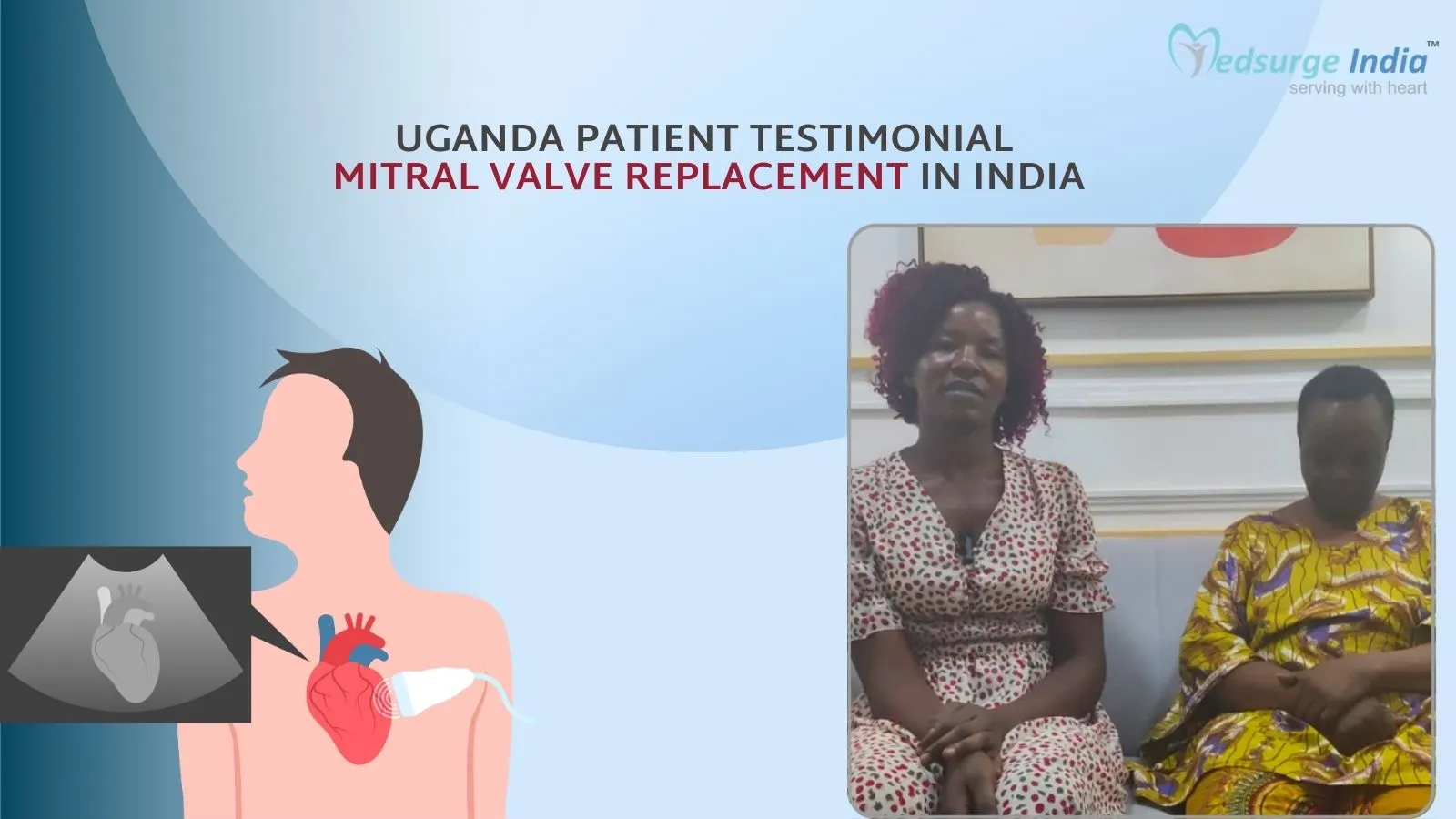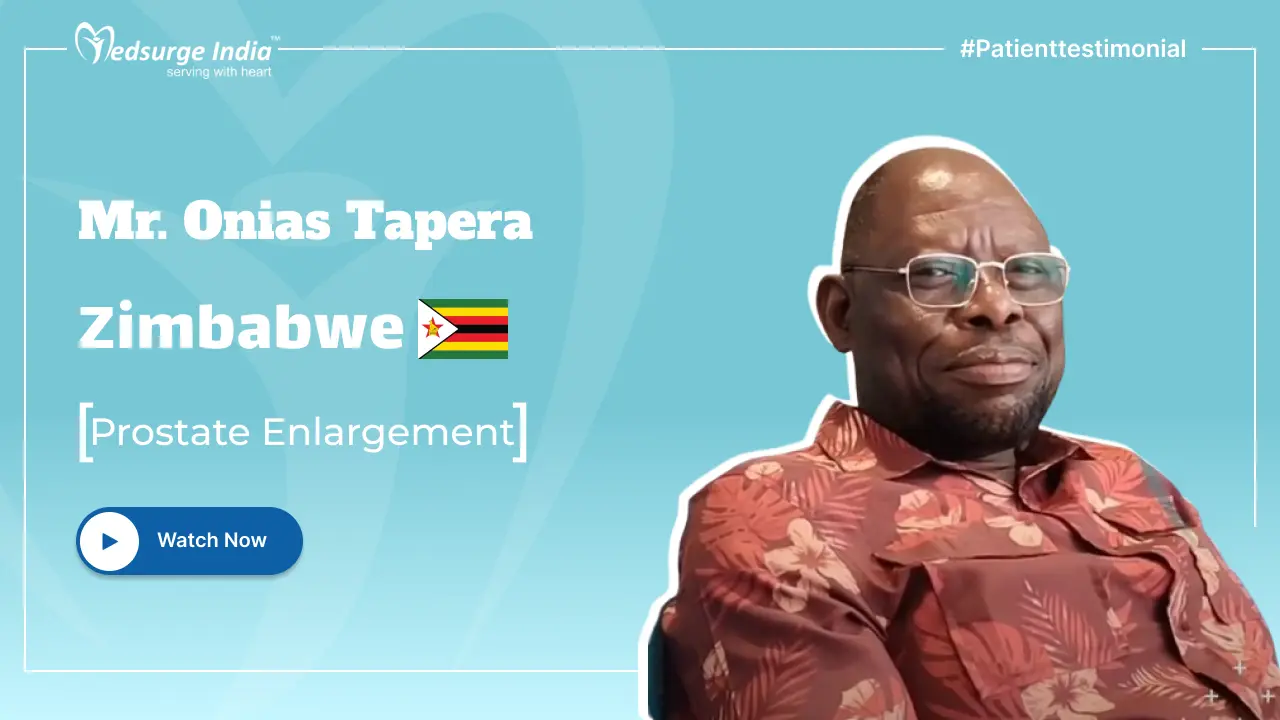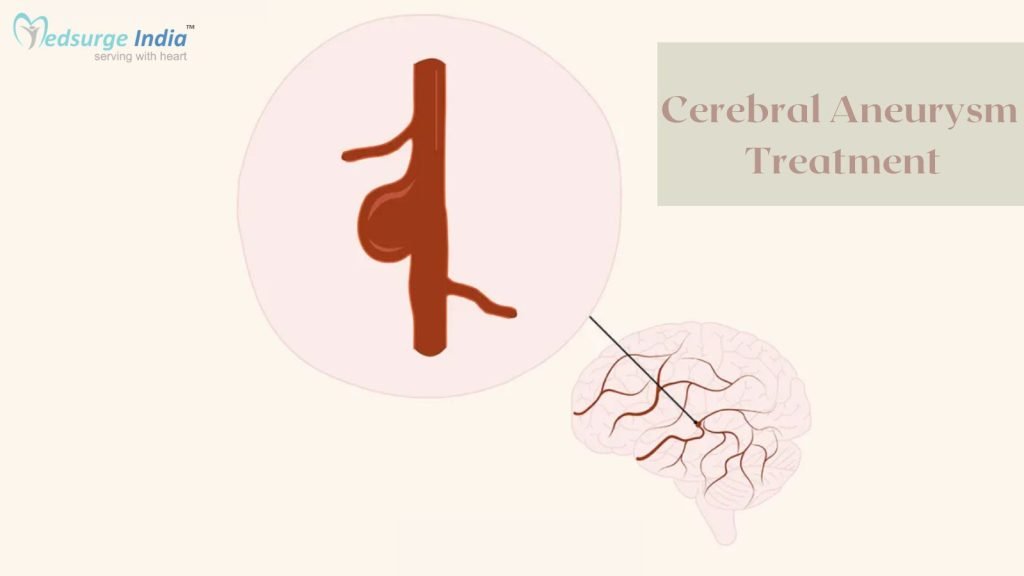
A brain blood artery wall weakness causes a balloon-like swelling called a brain aneurysm. The aneurysm may rupture and flow into the area around the brain if it expands and the blood artery wall becomes too thin, posing a serious threat to life. Unruptured brain aneurysms may go unnoticed and are only found when a patient is being examined by a doctor for another reason. A medical group with expertise in brain aneurysm surgery should be consulted by anybody with a diagnosis of an unruptured brain aneurysm. The primary objective of aneurysm therapy is to stop a rupture. Indian physicians employ imaging studies to treat aneurysms, which can assist them to decide whether urgent surgical intervention is required. In some circumstances, cautious monitoring could be the best option. In comparison to other wealthy countries, India has very low costs for Cerebral Aneurysm treatment. The achievement may in part be attributed to the neurosurgeons’ experience and the state-of-the-art medical equipment used in Indian institutions. In addition to these advantages, India’s low costs without lowering clinical standards play a critical role in its widespread appeal.
What Is Cerebral Aneurysm?
A bulge in a vulnerable region of a blood artery in or near your brain is known as a “brain aneurysm” or “cerebral aneurysm”. The weaker area is continuously pushed outward by blood flow, resulting in a bump that resembles a blister.
Blood pouring into the bulge causes the aneurysm to grow even worse. Like a balloon that grows thinner and more liable to explode as it fills with air. Your brain bleeds if the aneurysm ruptures or leaks (bursts open). Hemorrhagic strokes, which are caused by bleeding in or around the brain and can result in fatal brain damage, can occasionally happen as a result.
The size, form, and location of cerebral aneurysms vary from patient to patient.
The difference on the bases of size
- Less than 5 mm (1/4 inch) are considered small aneurysms.
- 6-15 mm (1/4 to 3/4 inch) is the size of a medium aneurysm.
- A large aneurysm is 16–25 mm (3/4″–1 1/4″).
- Aneurysms that are giant are greater than 25 mm (1 1/4 inches).
Differentiation of the basis of shape
- Having a well-marked neck and being saccular
- Broad-necked and saccular
- Fusiform (spindle-shaped) and without a clear nec
Cerebral Aneurysm Treatment Cost In India
Cerebral Aneurysm cost in India starts from INR 2,91,000 (3,500 USD). India has significantly lower healthcare costs than other countries. Furthermore, the quality of the medical services and treatment provided there is on par with that of the best hospitals in the world. Even without taking into account the expenditures of travel, lodging, and meals.
The entire cost of a Cerebral Aneurysm in India can vary depending on many criteria, such as
- Doctor’s competence and experience in the subject.
- Need for post-operative care.
- Hospital room classification.
- The patient’s situation: The patient’s disease and whether additional modalities are required for comprehensive treatment.
- The price of treatment packages can depend on the hospital’s preference.
- Duration of hospitalization and stay in the country.
Why Do Cerebral Aneurysms Occur?
The precise reason why an aneurysm ruptures or leaks, causing bleeding in or around the brain, is yet unknown. However, everything that raises blood pressure has the potential to be harmful. Blood pushes against blood vessel walls more forcefully at higher blood pressure levels.
Following are some factors that might raise blood pressure:
- Ongoing anxiety or an unexpected outburst of rage or another powerful emotion.
- Lifting, pushing, or carrying something heavy—such as furniture or weights—with effort.
- Untreated high blood pressure is well known for occurring.
Why Is India a Top Destination for Cerebral Aneurysms?
The impressive developments in Indian medical tourism over the past few years show how far the sector has gone. Healthcare is one of the sectors that has contributed the most to revenue and is growing quickly. Both public and private entities support the healthcare sector.
Patients from all over the world choose to have their cerebral aneurysm treatment in India for a variety of reasons. The most important element is the availability of cutting-edge healthcare facilities and highly qualified medical staff at incredibly low prices.
In terms of medical tourism, India has an edge over other nations due to the following:
- Most of the medical team members recruited by Indian hospitals have earned their training at hospitals in the US, Europe, or other advanced economies.
- The significant majority of medical specialists are proficient in English.
- Large foreign corporations provide cutting-edge medical and diagnostic technologies to many of India’s leading hospitals.
- India is home to some of the nation’s finest nurses. India has about 1000 accredited nursing training programs, the majority of which are connected to teaching hospitals, and each year close to 10,000 nurses graduate from them.
- Travelers of all backgrounds may afford first-rate services and luxurious accommodations.
What Are the Signs and Symptoms of a Cerebral Aneurysm?
A lot of times, cerebral aneurysms go undetected. The brain and nerves, however, may be compressed as the veins become larger and widen. If you see any of the following indications of an unruptured cerebral aneurysm, you should seek immediate medical attention:
- Persistent headache
- A wide-open pupil
- Visual issues like double vision or blurriness
- On one side of the face, there is numbness and a weakening sensation.
- Pain behind and above the eye
- Eyelid sagging
- Speaking impediment
- Nausea and vomiting
- Seizures
A leaking or ruptured cerebral aneurysm poses a life-threatening risk. It needs immediate medical attention. A burst cerebral aneurysm headache is frequently described as the worst headache a person has ever experienced. The intense headache may start out of nowhere and last for several hours or even days.
You could experience some of the same symptoms of an unruptured aneurysm in addition to a strong headache (see list above). You may also possess:
- Rigid neck
- Fatigue or possibly coma.
- Mental disarray
- Equilibrium issues or a feeling of being off balance.
- Speaking with difficulty.
- Lack of strength or sensation in the arm or leg.
- Chest pains.
How Is Cerebral Aneurysm Diagnosed?
Since unruptured brain aneurysms typically don’t manifest any symptoms, the ailment is frequently discovered in patients who are receiving treatment for other illnesses.
The following examinations are advised for those whose doctors fear they may have brain aneurysms:
- Computed tomography (CT) scan: A head CT scan can assist identify any brain hemorrhage.
- Lumbar puncture: A lumbar puncture, also known as a spinal tap, may be performed if the doctor thinks that the patient has a burst brain aneurysm (subarachnoid hemorrhage). The cerebrospinal fluid that circulates in the subarachnoid area is tested for the presence of blood.
- Cerebral angiogram: This procedure is used to locate the aneurysm and arrange therapy appropriately. A catheter is introduced into a blood artery in the arm or groin and advanced through the channel into the brain during this angiography. The cerebral artery is then given a dye injection to help radiologists see any arterial issues, such as aneurysms, on an X-ray. Cerebral angiography is an effective way to find tiny brain aneurysms despite being a more intrusive and risky examination than others (less than 5 mm).
- Computed tomography angiography (CTA) scan: CTA is a more accurate test than a lumbar puncture for assessing blood arteries. In order to create pictures of the blood arteries in the brain, the approach combines the use of a CT scan with specialized computer methods and a contrast agent or dye that is injected into the blood.
- MRA (magnetic resonance angiography): MRA also produces pictures of the blood arteries, similar to CTA. This method creates sharp pictures by using a magnetic field and radio wave energy pulses, most frequently in combination with a contrast dye.
Occasionally, the first imaging test may not detect a burst aneurysm. Your doctor could suggest a lumbar puncture if your symptoms suggest a burst aneurysm (spinal tap). This examination reveals whether there is blood present in the cerebrospinal fluid.
Helpful – Brain Tumor Surgery Cost in India
Get Free Cost Estimation
Procedure
What Is the Treatment Available for Cerebral Aneurysms?
In order to treat problematic aneurysms, blood vessels must be repaired. A neurosurgeon will need to operate on this. There are two typical ways to treat a burst brain aneurysm:
Aneurysm Clipping:
This surgical treatment stops the aneurysm in its tracks. In order to reach the brain aneurysm, a neurosurgeon must remove a portion of the skull. The surgeon finds the blood artery that supplies the aneurysm with blood. The blood supply to the neck is then shut off by placing a small metal clip over it. It lessens the pressure on the aneurysm and prevents blood from entering it. This stops it from expanding or rupturing further. The location, size, and general health of the patient are among the parameters that determine whether this procedure can be done on a patient.
Endovascular Coiling or Embolization:
This method is less invasive than surgical clipping. A catheter, a hollow plastic tube, is inserted into a groin artery and guided through the body to the aneurysm by a surgeon or interventional neurologist. Coil embolization involves filling the aneurysm with latex or soft metal coils made of platinum wires. As a result, the aneurysm is shielded from blood flow and is less likely to burst.
Flow diversion devices are an additional endovascular therapeutic option. To stop blood from flowing into the aneurysm, this technique involves inserting a tiny stent or flexible mesh tube, similar to those used to treat heart blockages, into the artery. In a treatment similar to coil embolization, the surgeon inserts a catheter into an artery, often in the groin, and directs it through the body to the artery feeding the aneurysm. Large aneurysms that cannot be treated with surgical clipping or platinum coil embolization are treated with this technique.
How to Choose a Hospital in India for Cerebral Aneurysm?
Hospitals that offer Cerebral Aneurysms are well known for their services in patient care and hospitality. Some of India’s best neurosurgeons, who are leaders in their fields, practice in these facilities. Choosing a reputable hospital for treatment as a foreign patient could be difficult. It is a significant decision that must be made while bearing various considerations in mind, such as:
- Quality certificates and accreditations
- Hospital and transportation facility location
- Team of doctors and surgeons
- Advanced diagnostic and therapeutic equipment
- International patient assistance
How Can Medsurge India Help?
Medsurge India is a prestigious support system for patients looking for doctors, hospitals, and specialized treatments. We’ll find the most suitable medical options for you. Regarding your medical issues, our team will give you a list of certified, reputable, and trusted doctors and hospitals. Additionally, we offer a treatment strategy that fits your budget. Apart, we assist patients with obtaining travel authorizations, medical visas, and a multitude of other things.
The Most Important Frequently Asked Questions
Q: Is It Possible to Treat a Cerebral Aneurysm?
A: If a brain aneurysm has burst (ruptured) or is at risk of burst, it can be treated surgically. Preventative surgery is typically recommended only when there is a high risk of a rupture. This is due to the fact that surgery carries its own set of potentially serious risks, such as brain damage or stroke.
Q: Is It Possible to Live with a Brain Aneurysm?
A: Patients can often recover completely with prompt, expert treatment. A brain aneurysm that has not ruptured may cause no symptoms. People can live with them for years before they are discovered. No blood has broken through the blood vessel walls of an unruptured brain aneurysm.
Q: What Are the 3 Types of Aneurysms?
A: Aneurysms are classified into three types: abdominal aortic, thoracic aortic, and cerebral.
Q: Is an Aneurysm a Leading Cause of Death?
A: Ruptured brain aneurysms are fatal in roughly half of all cases. Approximately 66% of those who survive have some kind of permanent neurological deficit. Approximately 15% of people who have a ruptured aneurysm die before they reach the hospital. The majority of the deaths are the result of massive brain injury caused by the initial bleeding.
Q: Is It Possible to Live a Long Life After Having an Aneurysm?
A: Yes, you can live with an aortic aneurysm, and there are many ways to prevent dissection (splitting of the blood vessel wall that causes blood to leak) or worse, a rupture (a burst aneurysm).
Top Hospitals for Cerebral Aneurysm Treatment In India
Top Doctors for Neurology And Neurosurgery
Dr. Martin D’souza
Consultant
Experience: 44 years of experience
Nanavati Super Specialty Hospital Mumbai
Mumbai, India
Dr. Ranganadham
Senior Consultant
Experience: 37 years of experience
Aster Prime Hospital, Hyderabad
Hyderabad, India
Dr. Atma Ram Bansal
Associate Director , DM, MD, MBBS
Experience: 13 years of experience
Medanta - The Medicity, Gurgaon
Gurgaon , India
Dr. Shumayou Dutta
Visiting Consultant
Experience: 12 years of experience
Medica Superspecialty Hospital
Kolkata, India
Dr. Thomas J Kishen
Consultant
Experience: 24 years of experience
Manipal Hospital (Old Airport Road) Bangalore
Bangalore, India
Dr. Sonal Gupta
Director
Experience: 21 years of experience
Fortis Hospital Delhi Shalimar Bagh
New Delhi, India
Dr. Priyank Patel
Consultant
Experience: 12 years of experience
Apollo Spectra Hospital, Mumbai
Mumbai, India
Dr. Amit Shrivastava
Senior Consultant
Experience: 14 years of experience
Dharamshila Narayana Superspeciality Hospital New Delhi
New Delhi, India
Dr. Ashis Datta
Senior Consultant
Experience: 15 years of experience
Institute of Neurosciences, Kolkata
Kolkata, India
Dr. Venugopal Krishna KS
Experience: 26+ years of experience
Manipal Hospital, Mandi Mohalla, Mysore
Mysore, India






